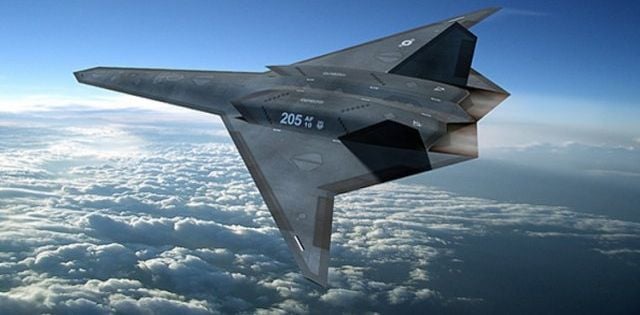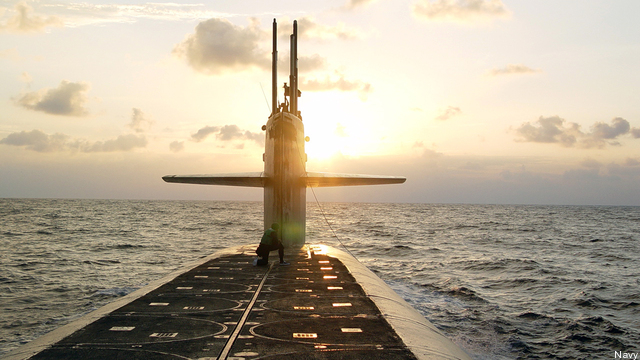WASHINGTON: It won’t happen tomorrow, but the Pentagon may have to start eating its young to pay for two of the most expensive weapons in US history: the Air Force’s Long Range Strike bomber and the Navy’s replacement for the Ohio class nuclear missile submarine.
That’s the estimation of Todd Harrison, the top budget expert at the Center for Strategic and Budgetary Assessment. His conclusions are based on a new detailed report, Analysis of the FY 2015 Budget Request being released as you read this.
Why? While the budget picture appears sustainable for the next few years, LRS-B and Ohio Replacement will begin to cost so much as the programs ramp up — along with the F-35 Joint Strike Fighter — that Harrison concludes there just won’t be enough money to pay for it all.
“If you look at fiscal 2020 as a snapshot in time (one year after the end of the FYDP [Future Years Defense Plan]), the Air Force will need $7 billion for the F-35A, $3.4 billion for the KC-46A [tanker], $2.9 billion for EELV [rockets], and $2.2 billion for C-130J [cargo planes]. I’m projecting they will need about $3.5 billion for LRS-B that year. The question becomes,” Harrison says, “can they do all of those major programs at the same time?”
The same is true for the Navy in 2020. They will need about $3.4 billion for Ford-Class aircraft carriers, $6 billion for Marine F-35Bs and Navy F-35Cs, $1.4 billion for the Littoral Combat Ship (LCS), Harrison projects, “and an unspecified amount for SSNs [attack submarines] and DDGs [destroyers] (their SAR projections don’t account for procurements beyond the FYDP, even though the shipbuilding plans says they will keep buying something). My estimate shows they will likely need more than $4 billion that year for Ohio Replacement.”
He analyzed whether they can fund all of those programs at the same time.
“In both cases, I think the answer is no — they will not be able to afford all of the programs currently planned if the topline DoD budget is capped at the BCA level or the PB level.”
The Navy has already admitted it cannot fund its shipbuilding plans because of the costs of the Ohio Replacement in its latest 30-year shipbuilding plan: “The DON can only afford the SSBN procurement costs with significant increases in our top-line or by having the SSBN funded from sources that do not result in any reductions to the DON’s resourcing level.”
The Air Force and Navy would need to cut back on some combination of force levels, acquisitions, and readiness to make enough budget headroom for these programs, Harrison estimates. Since both services have already substantially cut their force levels and lowered readiness, Harrison believe they will have to cut other major acquisition programs to fund LRS-B and Ohio Replacement.
Now the so-called out-years are notoriously difficult to predict, especially in this era of sequestration, Continuing Resolutions and general congressional messiness, but Harrison is making his estimates based on DoD’s own figures and reasonable extrapolations.
Norway’s top officer on his ‘biggest challenge,’ next frigate and new NATO neighbors
Gen. Eirik Kristoffersen, Norway’s Chief of Defense, talks to Breaking Defense about his plans for spending on new frigates and subs, the challenges of upgrading Norway’s “digital backbone” and refilling the military’s stocks.




























